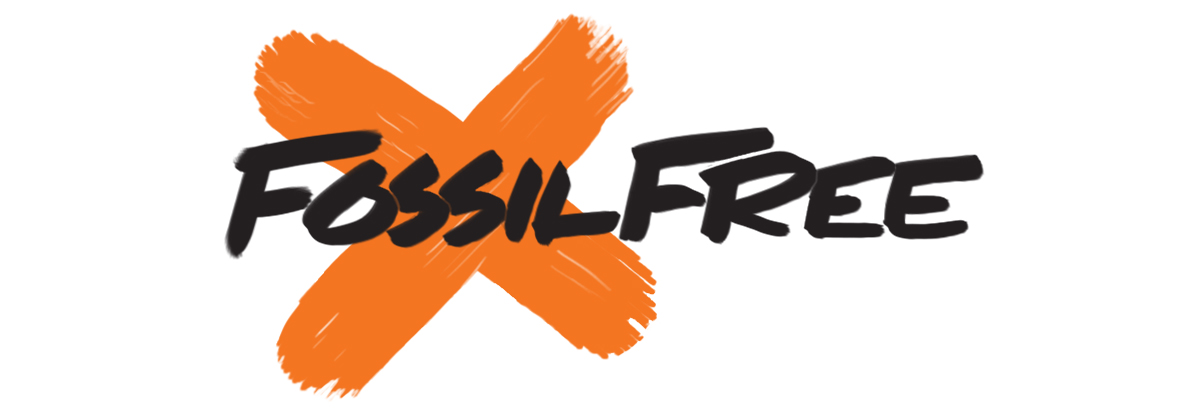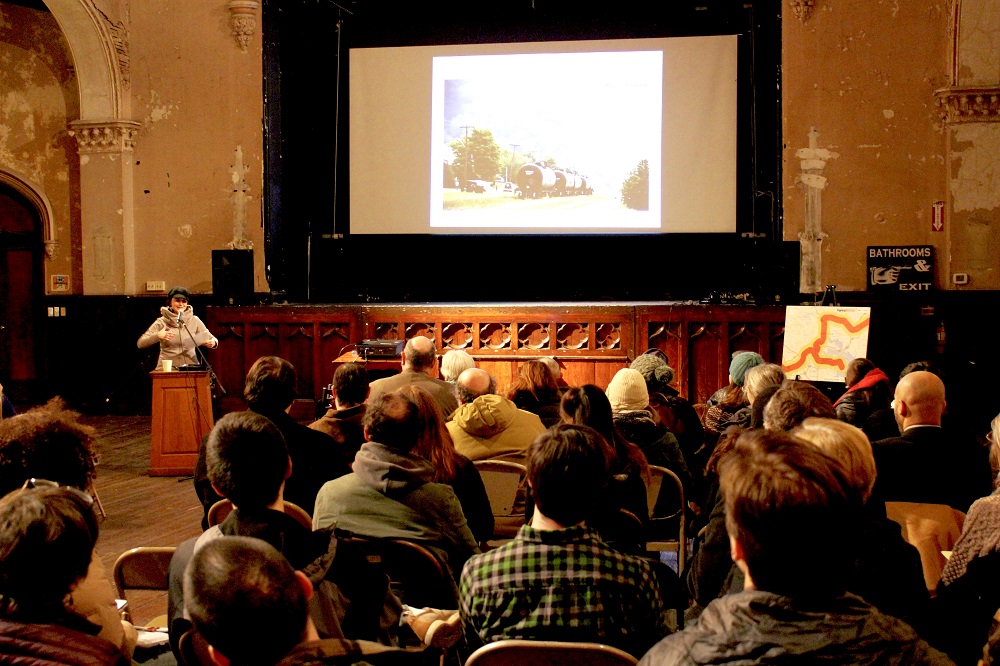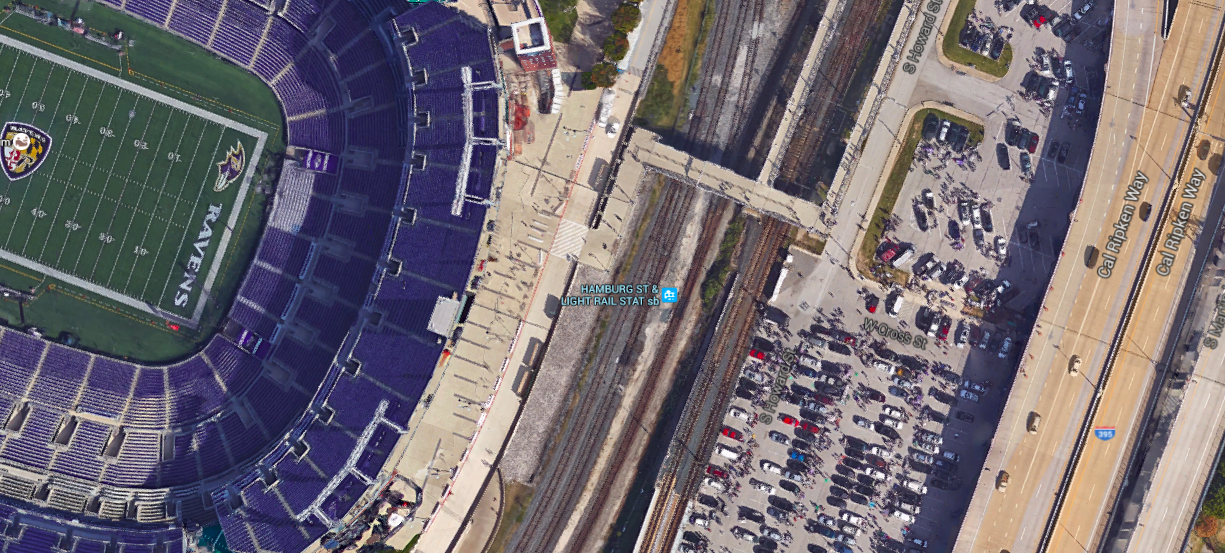Today, 13 faith leaders and western Maryland residents were arrested.
They were arrested because there is a threat looming over all our communities, as the moratorium on fracking in Maryland is set to expire this October.
They were arrested because we are at a crucial moment in Maryland history, as the Maryland House of Delegates passed a bill to ban fracking and the Maryland Senate looks to do the same.
They were arrested because this is the moment we need to stand up and send a clear message: Maryland needs a statewide fracking ban NOW.
It was immeasurably inspiring. Our activists were handcuffed, loaded into police vans, and sent to jail, where they spent hours and hours before being released. (At the time of this writing, more than 7 hours after the arrests, they haven’t been released yet).
Right now, we need to carry on the work of our friends by sending our message to the Maryland Senate. Here’s most important thing you can do right now: Call Senate President Thomas V. Mike Miller Jr. Tell him to support a fracking ban.
Here’s what to say: “My name is ____ and I live in ____. I support those arrested this morning protesting fracking. Please support only a total ban on fracking in Maryland, and bring the fracking ban bill up for a vote in the Senate.”

Now, here are some highlights from today’s events.
The morning started with inspiring speeches from our faith leaders. Including this one, from Unitarian Universalist Reverend Terence Ellen, who connected fracking to global warming and extolled the virtue of fighting for a fracking ban:
Then, activists moved across the street to stand on the steps of the State House, all the while chanting songs and cheers about standing strong in the fight against fracking:
Finally, as Maryland legislators began filing into the State House, it was time for the arrests. The people willing to get arrested moved to the right of the steps, to block the entrance of the statehouse. Dozens of others who joined for the action stood across the street in solidarity and support.
Food & Water Watch documented the arrests:




Thirteen were arrested in total. After the arrestees were taken away, the rest of the activists continued to rally and cheer for a fracking ban.
Here’s the winner for best costume (come on, you didn’t realize there was a costume contest? There’s always a costume contest).

All of this was to send a clear message. We will not back down. We will not give up. We will keep up the fight until the Maryland General Assembly places a statewide fracking BAN and protects our public health, our water and our climate.
Now, time to keep on fighting.










 Wrapping up the week of action, activists participated in a Banner Drop at Camden Yards in Downton Baltimore in protest of oil trains that run alongside the stadium and threaten this beloved Baltimore institution.
Wrapping up the week of action, activists participated in a Banner Drop at Camden Yards in Downton Baltimore in protest of oil trains that run alongside the stadium and threaten this beloved Baltimore institution.







